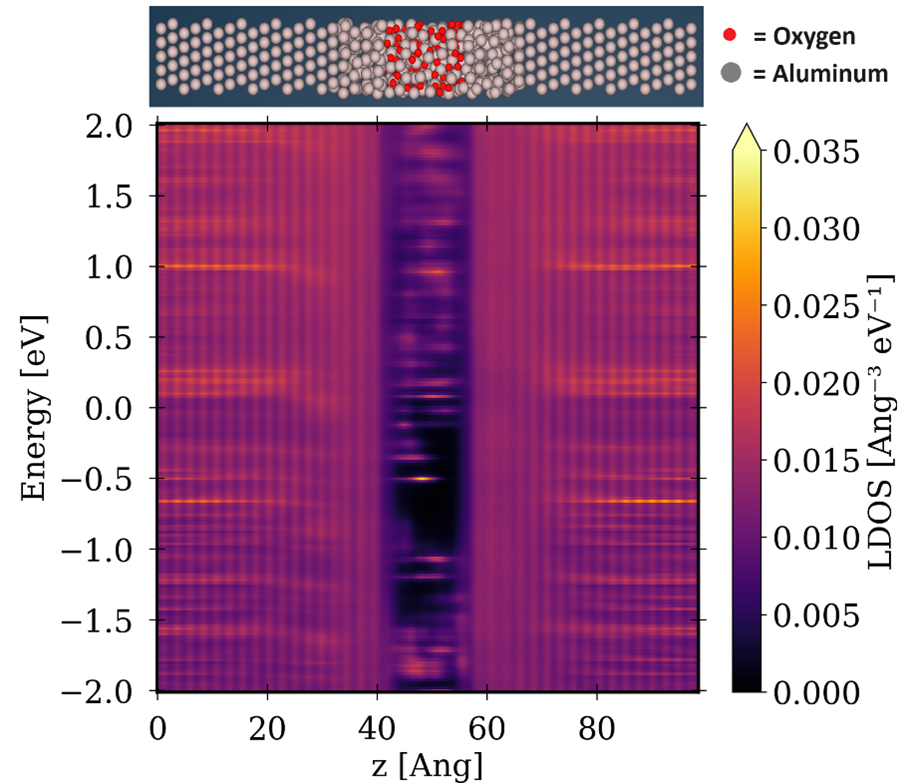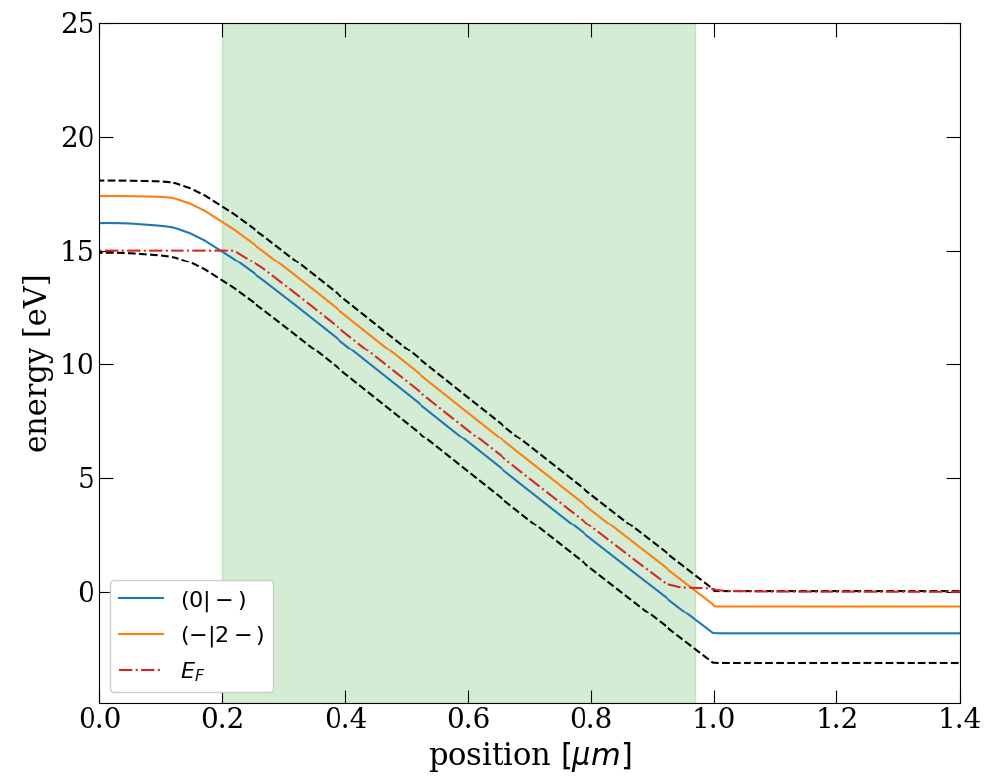

The development of quantum computers has gained significant interest, especially due to the prospect of up to exponential increases in simulation speed, promised by quantum algorithms. The Munich Quantum Valley is a Bavarian research and development project with the goal to build a quantum computer. Here, we present simulation approaches to support the development of quantum computers based on superconducting qubits and on SiC color centers.
Overview
The field of quantum computing has been discussed since Richard Feynman first proposed such a machine in 1982. His idea was to use a quantum system to effectively simulate quantum mechanical problems. Talk about quantum computers intensified when algorithms were proposed for these – at the time non-existent – machines that should severely outperform our classical computers. Probably the best-known example here is Shor’s algorithm from 1994, that would be able to break the heavily used RSA encryption. This would possible be thanks to quantum computers using qubits as the smallest piece of quantum information, similar to a bit in classical computing. These qubits exhibit two main effects, superposition and quantum entangling, which can be used to facilitate these speed-ups in quantum algorithms.
Driven by these promises, engineers started to try and build a quantum computer. That this would be feasible was first shown in 1998, when a first two-qubit quantum computer was built. Since then, the complexity of these machines grew significantly and today’s biggest quantum computer by IBM features 1000 qubits. However, for quantum algorithms to effectively show their superiority in real-world problems, quantum computers with millions of qubits will probably be necessary.
So, there is still quite some work to do, which lead to several big research and engineering projects. One of those is the Bavarian project “Munich Quantum Valley” (MQV), which started in 2021 with the goal to build a quantum computer in Bavaria, to further our knowledge about these systems, and to provide software and new algorithms for quantum computers. The project itself was initiated by the physics department of TU München, but many additional partners joined the project, including several Fraunhofer institutes, like IIS, EMFT, IKS, and IISB.
In the MQV project and its vicinity the colleagues at IISB work on a range of different topics: The department R&D Semiconductor Devices and Processing is supporting other Fraunhofer institutes with innovative metallization techniques for cryogenic temperatures. They also develop a SiC-based low-noise amplifier that is supposed to work at temperatures down to 4 Kelvin. The group AI-augmented simulation is conducting research to find new quantum algorithms to get a better understanding of possible future application areas of quantum computers. In the lighthouse project TeQSiC, that is directly connected to MQV, the group Quantum Materials is channeling their efforts towards a SiC-based qubit platform. Finally, the group TCAD is providing simulation support for the development of several devices necessary to build quantum computers, which is what we want to discuss a bit more in-detail here.
The Classics: Superconducting Qubits
Many different architectures have been proposed to create qubits, which are essentially quantum mechanical two-state systems. The most well-known approach is based on superconducting oscillating circuits, where an anharmonicity is introduced by a so-called Josephson junction. These systems are basically two superconductors with an insulating layer between them. Electron-pairs can tunnel through the barrier causing via the Josephson effect. The main problems of this qubit architecture are that it needs to be cooled heavily to enable superconductivity, and that the qubit state is short-lived. Finally, due to variability in the production of the Josephson junctions, entangling two or more qubits – to bring them in a joint state, such that their measurement outcomes depend on each other – can be challenging.
A better understanding of the creation process of an aluminum-based Josephson junction and its electronic properties, could help to improve the latter two problems. We started conducting atomistic simulations, hoping to get deeper insights. These simulations are a mixture of quick Molecular Dynamics simulations to create the general structure and lengthy tight-binding simulations to analyze its electronic properties. We focus on the role of the insulating layer made from amorphous aluminum oxide and study the impact of its density, stoichiometry, and thickness. An exemplary result can be seen in Figure 1, where on the top a sketch of the atomistic structure of the junction is visible and at the bottom the corresponding local density of states (LDOS) is depicted. From the suppressed LDOS in the aluminum oxide layer, we can read out its insulating properties. In addition, clear defect-levels with high LDOS within the insulating gap are visible, which have a significant impact on transport properties. However, their energy and position vary based on the specific atomistic configuration of the insulating layer and, as a result, we are searching for ways to get rid of this source of variability, e.g., by introducing an additional annealing step.
Qubits à la IISB: SiC Color Centers
An entirely different qubit platform is based on defects in crystal lattices, so-called color centers. Similar to atoms, crystal defects possess an electronic structure that allows for the excitation of different energy transitions, in particular, transitions between different spin-states. By selectively exciting specific spin-transitions using a combination of optical lasers and microwave pulses, we can thereby realize a physical qubit system. While many host materials for such crystal defects exist, among the most promising candidates is SiC, since it offers an ideal compromise between excellent qubit properties and a mature technology platform.
Compared to superconducting qubits, a major advantage of color centers is that they operate at higher temperatures, reducing the need for complicated and expensive cooling systems. Additionally, due to the IISB’s existing expertise on SiC device processing we can embed a color center in a specially designed electronic device to control its quantum state, e.g., by precisely modulating the electric field in the vicinity of the color center. TCAD simulations play a vital role in designing such devices, since they allow us to analyze their interior properties by generating maps of the electric field, current densities, band diagrams – as seen in Figure 2 – and other relevant quantities. Knowing these quantities in detail is crucial to designing a working SiC-based spin qubit system.
In summary, in the last few years we were able to show that simulations are a useful tool to better understand the physics behind the different qubit platforms and to improve fabrication processes and device designs. Our future goal is to make simulations just as indispensable in the field of quantum computers as they are in the area of classical semiconductor processes and devices. We firmly believe that simulations are a necessary tool to understand and optimize these complex devices and their performance.
 Fraunhofer Institute for Integrated Systems and Device Technology IISB
Fraunhofer Institute for Integrated Systems and Device Technology IISB